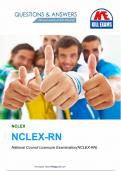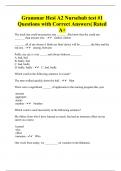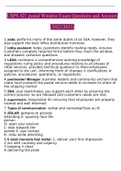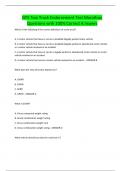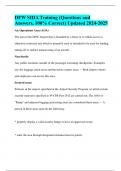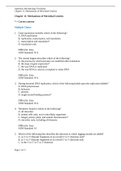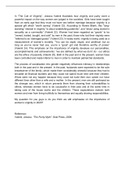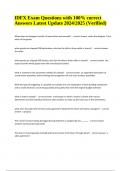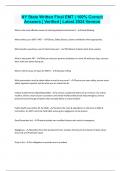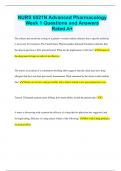Tentamen (uitwerkingen)
NCLEX-RN QUESTIONS AND ANSWERS WELL EXPLAINED 1700 QUESTIONS.VERIFIED 2025 UPGRADED,NEW
- Vak
- Instelling
By GOLDENNURSE, Question: 1 On the third postpartum day, the nurse would expect the lochia to be: A. Rubra B. Serosa C. Alba D. Scant Answer: A Explanation: (A) This discharge occurs from delivery through the 3rd day. There is dark red blood, placental debris, and clots. (B) This disch...
[Meer zien]
